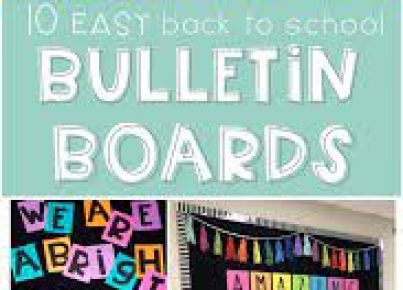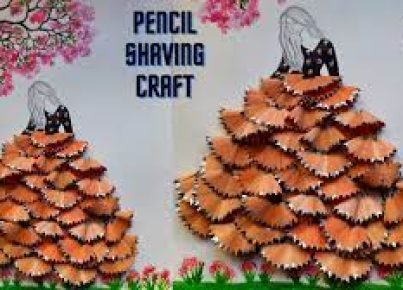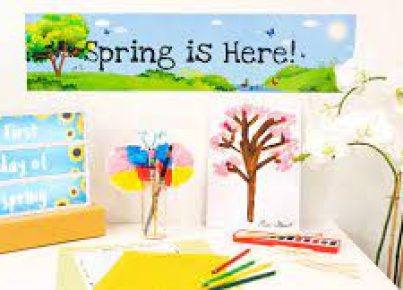As Easter approaches, classrooms around the globe are buzzing with excitement and creative energy. Teachers often search for innovative and engaging ways to incorporate the festive spirit into their lesson plans, and one versatile item that offers endless possibilities is the plastic Easter egg. These colorful capsules can transform educational activities and bring a seasonal twist to learning. Let’s hatch some ideas on how teachers can use plastic Easter eggs in the classroom.
Math Manipulatives: Math lessons can be a treat when you fill plastic eggs with small objects for counting, sorting, and number games. They’re perfect for hands-on activities that make abstract concepts tangible, such as grouping items to learn about multiplication or division.
Spelling and Phonics: Crack open literacy skills with a game of egg hunt! Hide paper slips inside eggs with printed words, letters, or phonetic sounds. Students can go on an egg hunt around the classroom to find eggs and then spell out words or create sentences using what they found.
Science Explorations: Plastic eggs are excellent vessels for science experiments. Create mini ecosystems or terrariums by filling them with soil and seeds, illustrating how plants grow. Alternatively, teach buoyancy by seeing if eggs will float or sink when filled with different materials.
Classroom Management: Turn Easter eggs into a colorful classroom management tool. Use them as part of a reward system where students receive an egg for good behavior or excellent work; they can then exchange their earned eggs for small prizes.
Art Projects: Release the inner artists in your students with an art project using plastic eggs as the canvas. Encourage children to decorate them, create characters, or assemble them into artistic sculptures. This not only nurtures creativity but also fine motor skills.
History and Geography: Globes don’t have to be the only round educational tools in your classroom. Repurpose plastic eggs to represent globes by drawing different maps on each half—mix and match to test geography knowledge!
Literature and Storytelling: Foster imagination by having kids write stories based on items hidden inside the eggs. This exercise improves writing capabilities while allowing individual creativity to shine through their storytelling.
Teachstarter provides these inspiration points along with downloadable resources that empower teachers to bring innovative methods into their instruction, particularly during festive seasons like Easter. With just simple plastic Easter eggs, educators can transform traditional lessons into memorable experiences that both educate and delight young minds.
Remember, these ideas aren’t just limited to Easter; they can be adapted for year-round educational fun! So hop to it, educators—the possibilities are truly endless when it comes to plastic Easter eggs in your curriculum!





